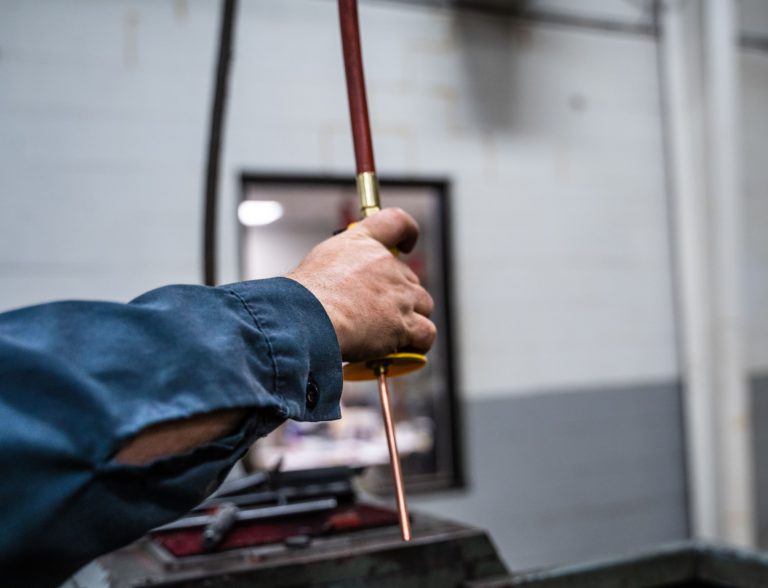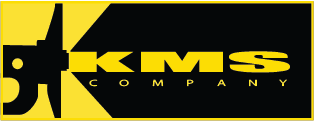|
OSHA Instruction STD 1-13-001/STD 1-13.1OSHA PROGRAM DIRECTIVE #100-1
Subject : Reduction of Air Pressure below 30 psi for Cleaning Purposes
Attachment : Acceptable Methods for Complying with 41 CFR 50-204.8 and 29 CFR 1910.242(b)
- Purpose . To provide guidance and examples of what alternate systems will meet the requirements of this section, and to clarify its intent.
- Background . A number of inquiries have been received requesting a clarification of the meaning of 1910.242(b) also known as 41 CFR 50-204.8 under the Walsh-Healey Act.
- Interpretation . The phrase “reduce to less than 30 psi” means that the downstream pressure of the air at the nozzle (nozzle pressure) or opening of a gun, pipe, cleaning lance, etc., used for cleaning purposes will remain at a pressure level below 30 psi for all static conditions. The requirements of a dynamic flow are such that in the case when dead ending occurs a static pressure at the main orifice shall not exceed 30 psi. This requirement is necessary in order to prevent a back pressure buildup in case the nozzle is obstructed or dead ended. See Enclosure (1) for two acceptable methods of meeting this requirement. Also, there is no intent to restrict the diameter of the nozzle orifice or the volume (CFM) flowing from it.
“Effective chip guarding” means any method or equipment which will prevent a chip or particle (of whatever size) from being blown into the eyes or unbroken skin of the operator or other workers. Effective chip guarding may be separate from the air nozzle as in the case where screens or barriers are used. The use of protective cone air nozzles is acceptable in general for protection of the operator, but barriers, baffles, or screens may be required to protect other workers if they are exposed to flying chips or particles.
- Action . Inquiries about subject section should be handled in accordance with this instruction.
- Effective Date . This instruction is effective immediately, and will remain in effect until canceled or superseded.
Source: http://www.osha.gov/pls/oshaweb/owadisp.show_document?p_table=DIRECTIVES&p_id=1742
|
|
29 CFR Part 1910.95 Occupational noise exposure.
- Protection against the effects of noise exposure shall be provided when the sound levels exceed those shown in Table G-16 when measured on the A scale of a standard sound level meter at slow response.
Table G-16 Permissible Noise Exposures
| Duration per day, in hours |
8.0
|
6.0
|
4.0
|
3.0
|
2.0
|
1.5
|
1.0
|
0.5
|
0.25
|
|
| Sound Level, dBA slow response |
90
|
92
|
95
|
97
|
100
|
102
|
105
|
110
|
115
|
|
Source: http://www.osha.gov/pls/oshaweb/owadisp.show_document?p_table=standards&p_id=9735
This information was deemed accurate at the time of printing and is provided for your convenience; however, KMS Company is not responsible for errors in this information, interpretation of regulations, or changes to the regulations by OSHA. For most current regulations, consult OSHA sources directly.
Download
OSHA Regulations
Return to FAQs
|

